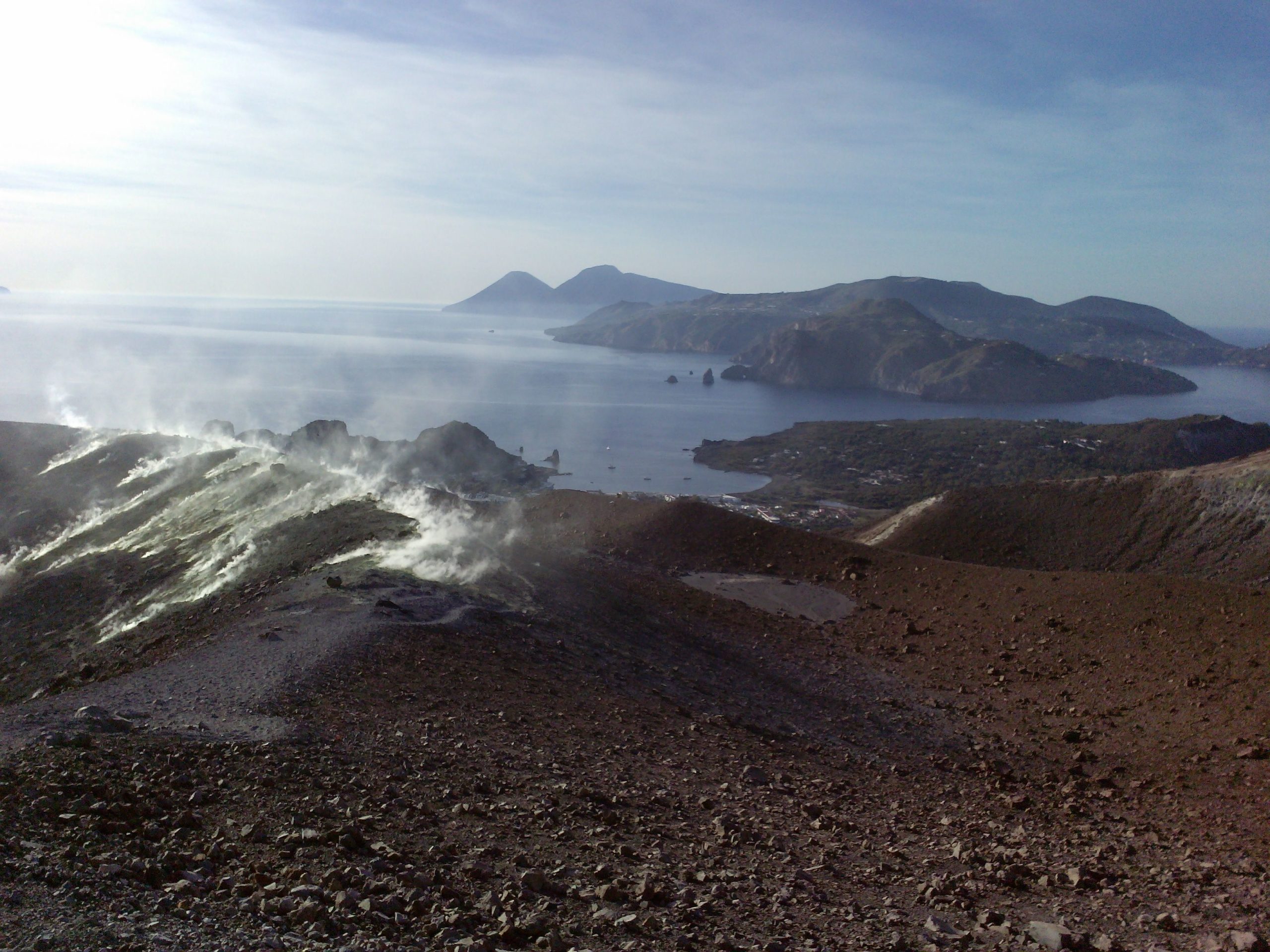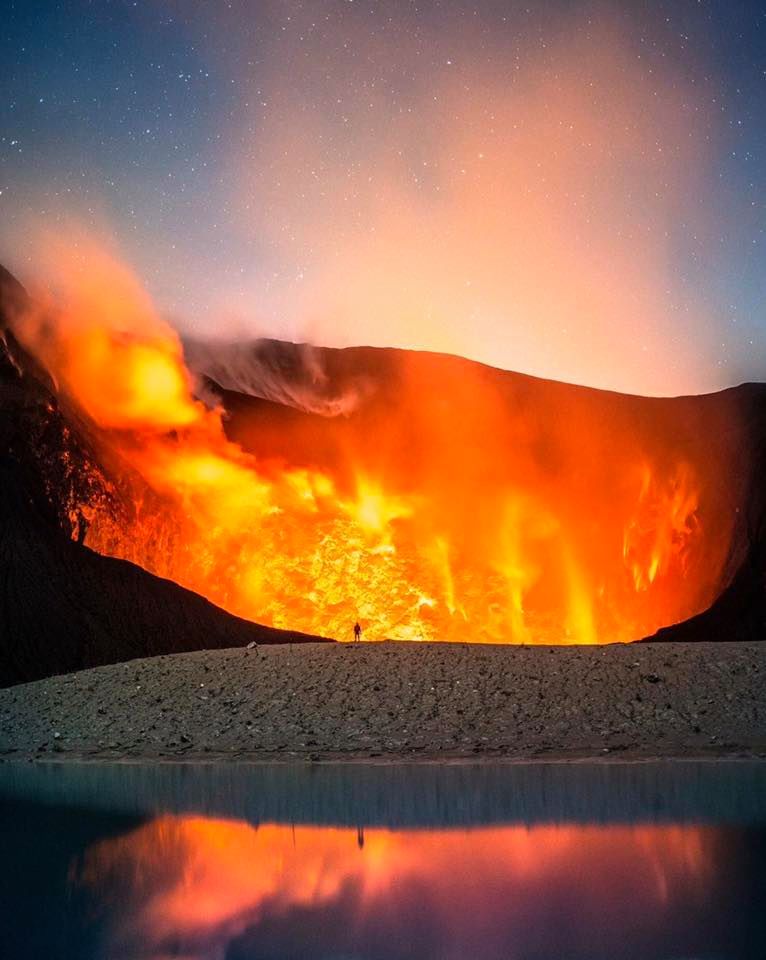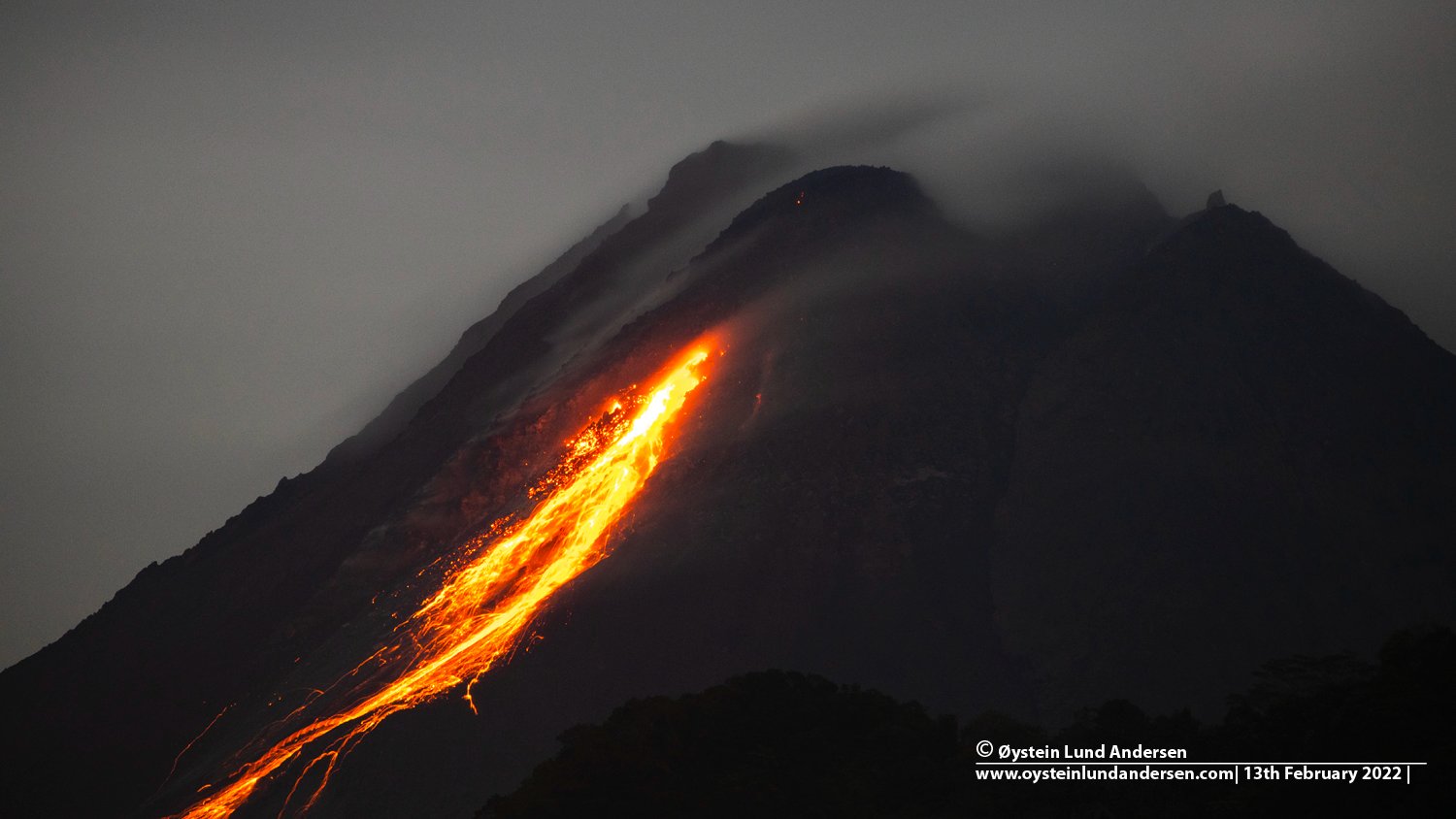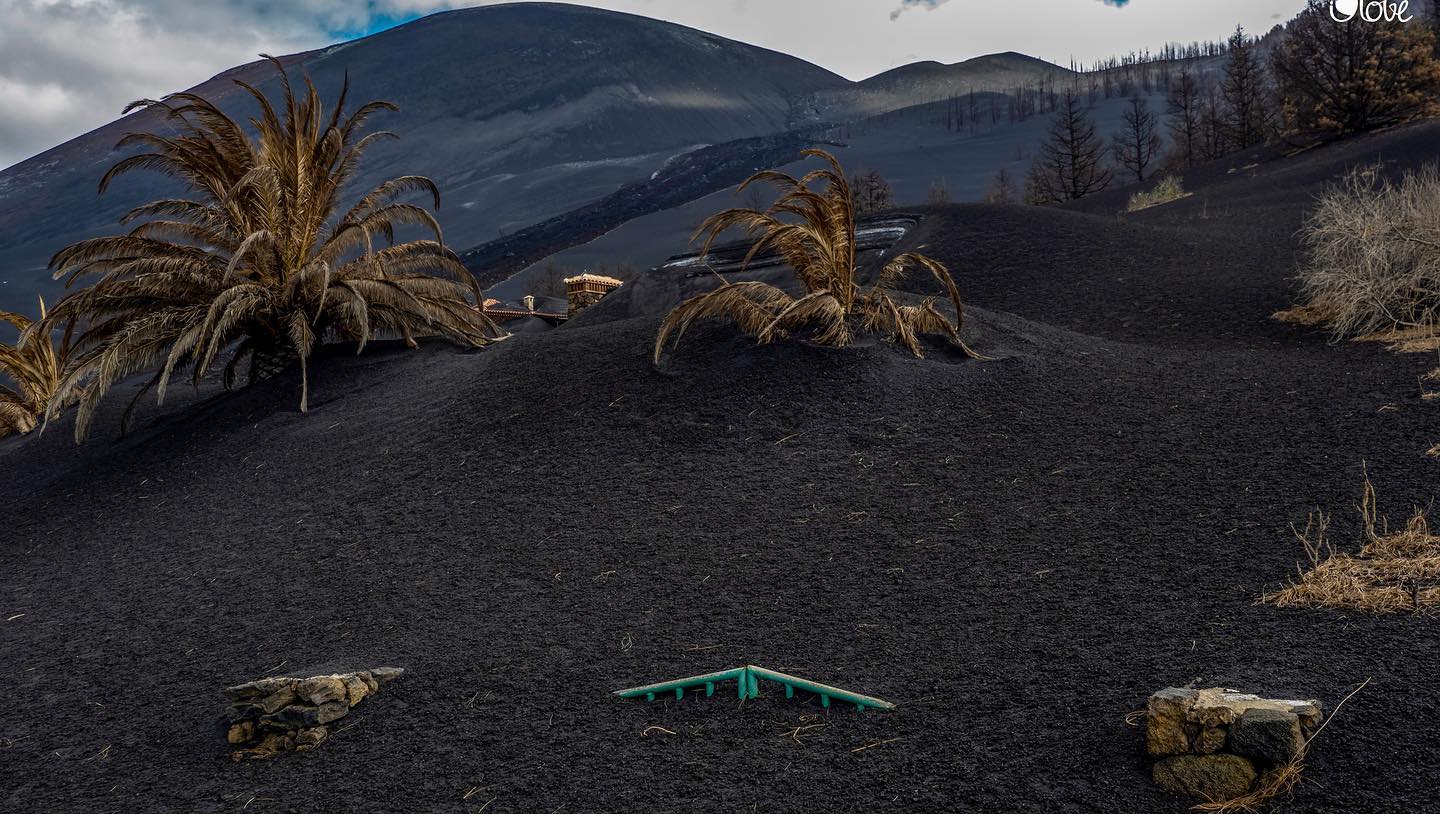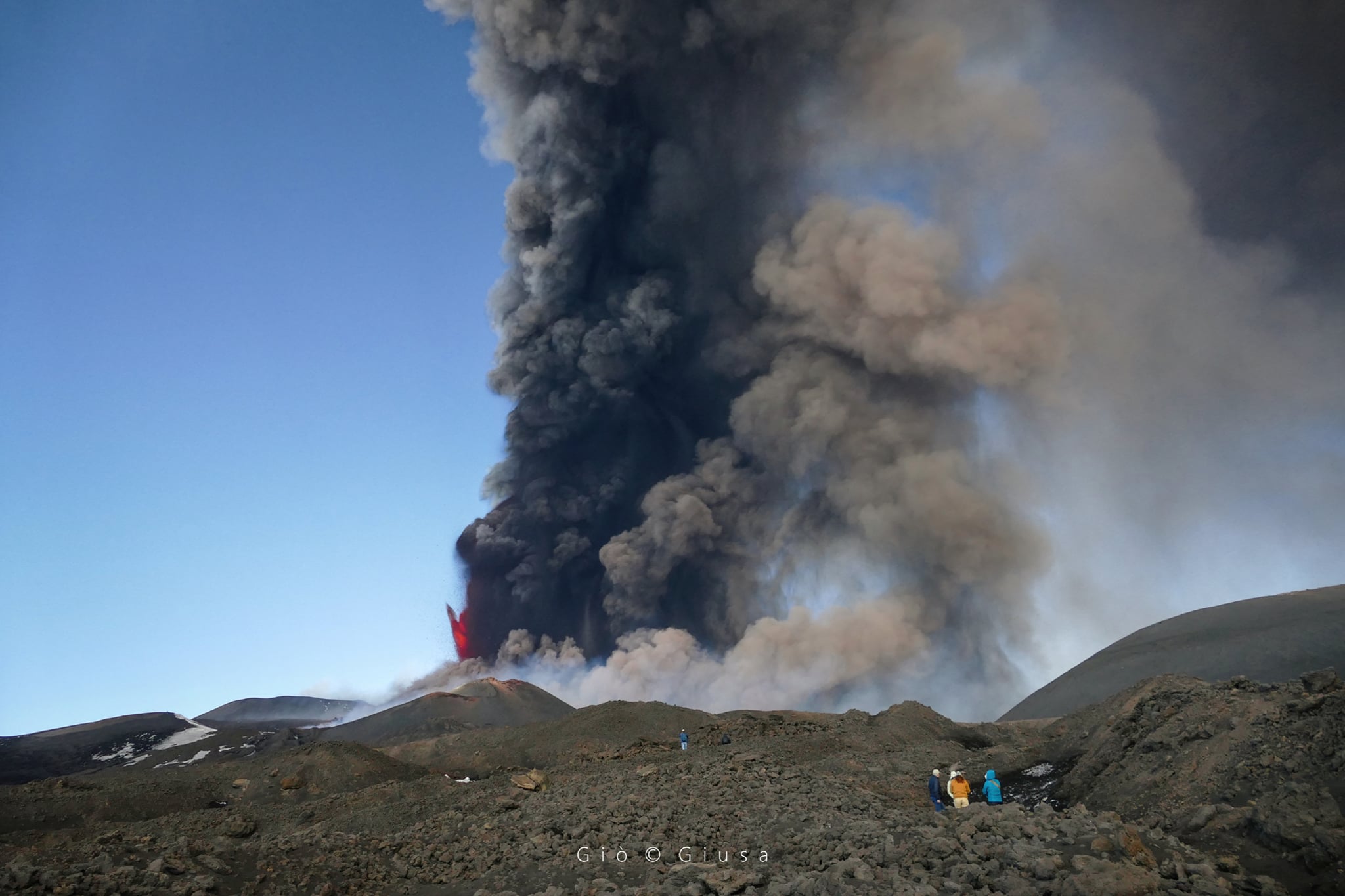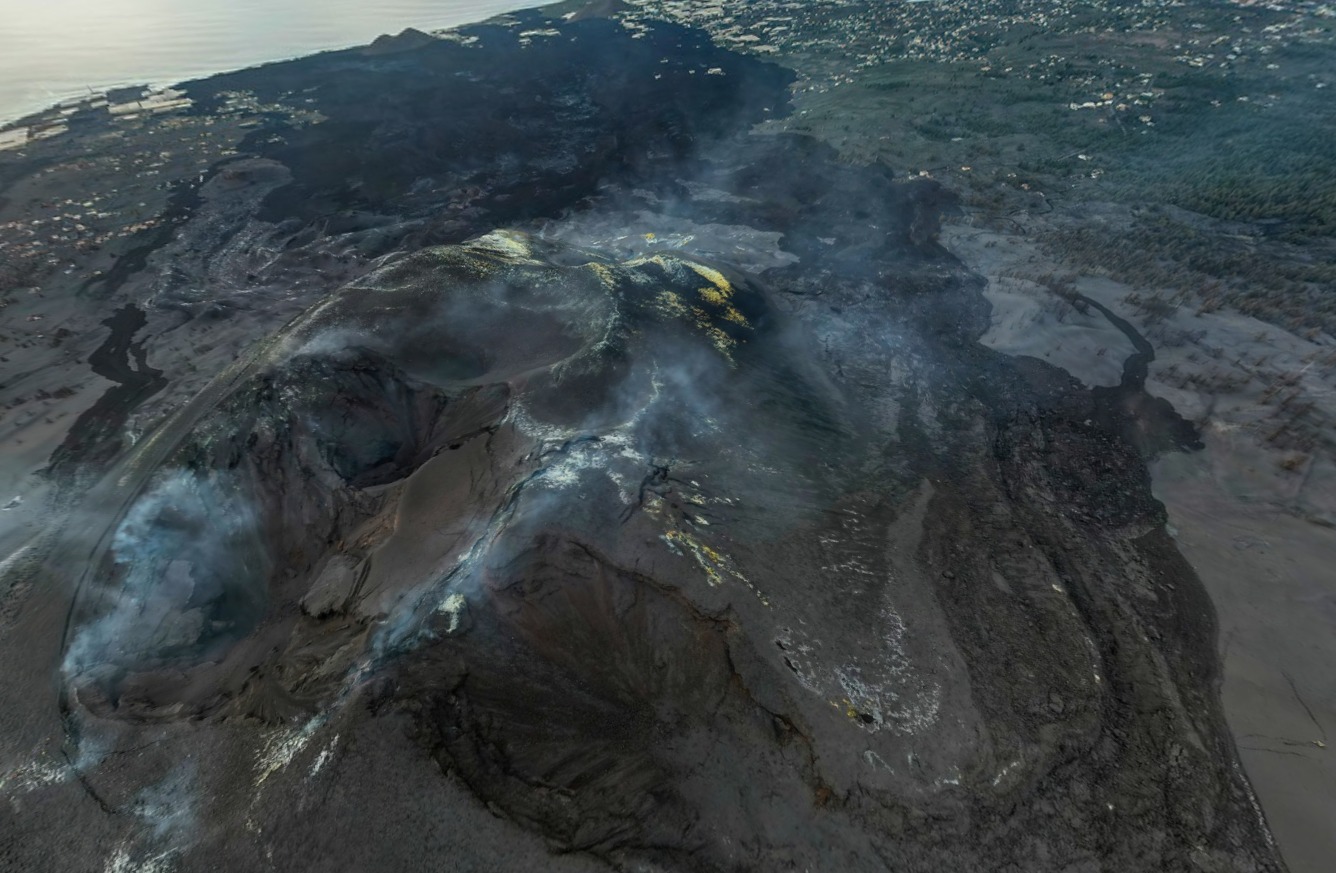March 17, 2022 . EN . Italy : Vulcano , Saint Vincent : Soufrière Saint Vincent , Japan : Asosan , Colombia : Cumbal , Ecuador : Wolf / Sangay , La Palma : Cumbre Vieja .
March 17 , 2022 . Italy , Vulcano : WEEKLY NEWSLETTER, from March 07, 2022 to March 13, 2022. (issue date March 15, 2022) SUMMARY OF STATUS OF…

